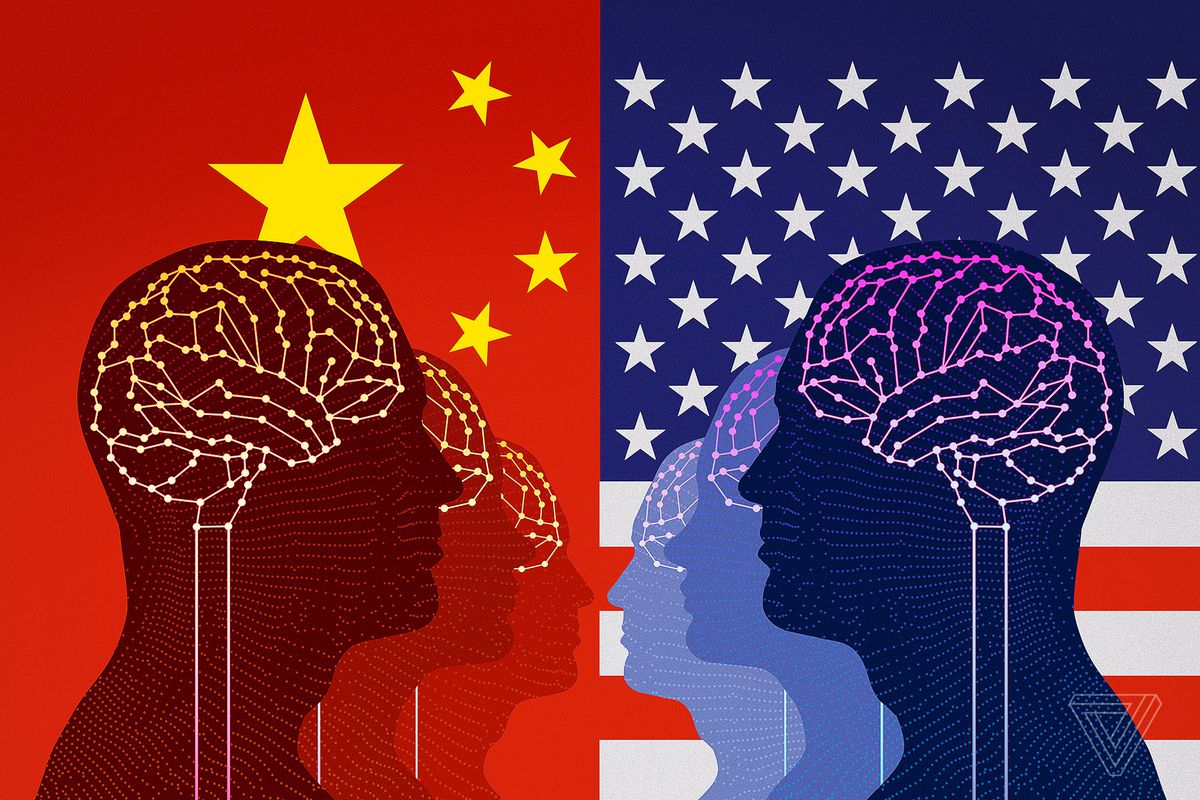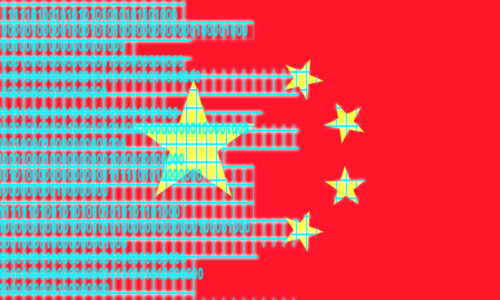U.S. efforts to control advanced technology hitting new levels, directed squarely at China
In its long anticipated initial draft of a list of “emerging technologies,” the U.S. government has embarked on a complete overhaul of the U.S. investment review system for inbound investments and the erection-in-process of major new walls around the U.S. technology sector.

This week the U.S. Commerce Department published its long anticipated initial draft of a list of “emerging technologies” that the U.S. government is considering including in its broad export control regime. Key technology categories that are under scrutiny include artificial intelligence, robotics, quantum information, 3D printing, and advanced computing. Items on the list would eventually be included on the Commerce Control List, which would require an export control license to ship to certain countries or organizations.
The publishing of the list is one culmination of a months-long process that has seen essentially the complete overhaul of the U.S. investment review system for inbound investments and the erection-in-process of major new walls around the U.S. technology sector. Another list of “foundational” technologies will follow next year.
All of the so-called emerging technologies listed can now be construed as being part of the so-called national security innovation base declared for the first time in the December 2017 U.S. National Security Strategy. Technologies that are included in the innovation base are being broadly defined as critical to national security. The Commerce announcement did contain a plea for assistance in determining when in the development cycle of these technologies it will make sense to declare them critical to U.S. national security. This will be a very difficult task, and it remains unclear which specific bodies within the U.S. export control system will be drawing these lines and where.
The broader investment and technology communities remain skeptical of broad U.S. government efforts to try and define advanced and emerging technologies as crucial to U.S. national security. There has already been a lot of industry pushback on the Commerce list of proposed emerging technologies, so we should expect there to be a lot of comments in the days leading up to the December 19 comment deadline. The problem, particularly for the AI part of the list, is that it will be very difficult to draw a line around AI software, and the algorithms that make AI useful for a range of applications, and say that now these have reached a point where they are critical for U.S. national security.
AI is really not a technology at all, but a software technique to analyze large data sets, and most often a key piece of a broader technology system. The “AI stack” includes hardware, development environments, and algorithms, along with large data sets to train the algorithms running in some cases on AI-optimized chips. Attempts to determine which AI approaches have national security implications across this stack will in almost all cases be arbitrary, because the technology is dual-use, and its application neutral. Currently, all of the use cases for AI are commercial, and AI algorithms are being widely used across a range of business sectors. It will be very difficult for a government committee or agency to clearly define when an AI technique constitutes a singular threat to U.S. national security if it ends up in the hands of, say, Chinese researchers.
Currently, the U.S. and Chinese AI communities are very collaborative, and most AI advances are shared via open sources, including publishing code. This has enabled the expansion and improvement of AI applications, and has been very beneficial to companies on both sides of the Pacific and beyond. Any attempt to stifle the cooperation via export controls aimed at AI will threaten innovation in AI on both sides of the Pacific. Of particular concern for industry is the inclusion of AI chipsets on the proposed list. Many U.S. companies are developing their own AI-optimized chips and this has become a big focus of Chinese AI companies. But the U.S. currently has an overwhelming lead in the R&D of advanced semiconductors, such as graphical processing unit (GPUs) used to train and run AI algorithms in the cloud. These are commodity products that companies around the world, including in China, use to develop AI applications, and U.S. companies also provide training on the use of development environments that enable optimization of the software running on a particular hardware platform. This industry is very much in its early state of development, and any attempt to control AI-optimized semiconductors will be opposed by industry. These are inherently dual-use technologies. It is not clear if development and training environments such as TensorFlow and Caffe would be captured by the proposed controls. The vague term “AI cloud technologies” is also included on the list, and will need some major clarification.
Chinese companies and the Chinese government will view this as explicitly directed at China and China’s fledging AI sector. The inclusion of other key technology sectors, some related to the Made in China 2025 program, such as robotics, and sectors where Beijing has invested heavily, such as quantum computing and quantum encryption, means that Beijing will take this as a major broadside aimed at stunting China’s overall technology development.
Beijing could react with export controls of its own, or through many other non-tariff measures. For example, if once the final list of controlled technologies is published and the U.S. tried to bar the sale of GPUs to China’s supercomputer centers, which do both civilian and military work, Beijing will see this as yet another attempt to contain China’s technology rise. In response, China could restrict its companies from collaborating with U.S. companies and researchers. The combination of investment restrictions under revamped rules governing CFIUS and the new export control regime designed to capture so-called emerging technologies is all bad news for Beijing, because it enshrines in law a new system that gives the U.S. government the ability to deny China access to U.S. technology across a much broader range than previously — Beijing has been trying for 20 years to have the U.S. remove Tiananmen Square-era prohibitions on U.S. technology sales in other sectors and has raised this issue during discussion over the ongoing trade conflict.
The U.S.-China tech cold war just got more complicated…






